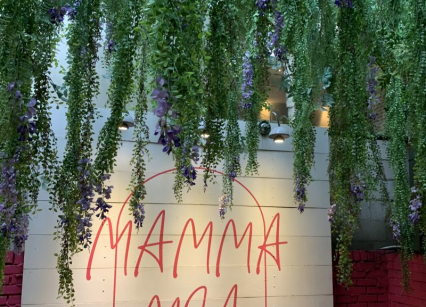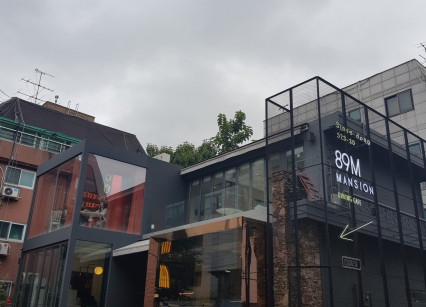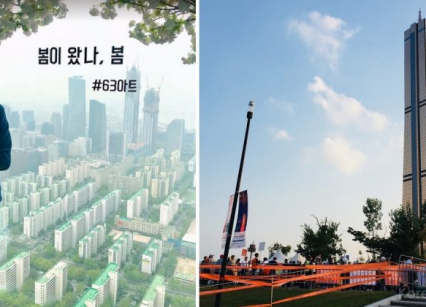Introduction
Gwanghwamun (광화문) is the main and largest gate of the Gyeongbokgung Palace, in Jongno-gu, Seoul, South Korea. It is located at a three-way intersection at the northern end of Sejongno. It is a landmark and symbol of Seoul’s long history of being the capital city during the Joseon Dynasty therefore, the gate has gone through multiple periods of destruction and disrepair. The final restoration work on the gate ranges from December 2006 to August 2010 after which it was open for the public on August 15, 2010.

Gwanghwamun Plaza
Gwanghwamun plaza (also known as Gwanghwamun Square) With a length of 550 meters and a x_width of 34 meters, the square has been serving as the main venue for many significant and cultural events since its opening. It is located at the center of Sejong-ro Road that connects Sejong-ro Intersection and Cheonggye Plaza and across from Gyeongbokgung Palace. At the square stand statues of the two most important historical figures of Korea, King Sejong the Great and Admiral Yi Sun-sin, which often represent the Gwanghwamun Square. Other attractions at the square include Sejong Story, an exhibition hall dedicated to the achievements of King Sejong the Great.
Landmarks at Gwanghwamun
There are many iconic landmarks in Gwanghwamun. Some of them are:
- SEJONG THE GREAT: King Sejong is popular as the inventor of Hangeul, the Korean alphabet. During his reign, he consolidated the basis for ruling the Joseon Dynasty by incorporating Confucian philosophy of politics. Furthermore, he led the nation’s great strides in agriculture, literature, science and technology. The King Sejong Statue was erected at the center of Gwanghawmun Square on Hangeul Day (October 9) of 2009. He is sitting with a gentle smile on his face and a book in his hand. In front of the statue lie a celestial globe, a rain gauge, and a sundial which King Sejong invented himself. Behind the statue, there are six columns with golden carvings. They depict the King’s major accomplishments, as well as an underground passage to the ‘Sejong’s Story’ exhibition hall.

- STATUE OF ADMIRAL Yi Sun-Sin: Yi Sun-Sin is one of the best naval commanders Korea has ever known. His statue was installed celebrate his 465th birth anniversary. On April 28, 2010, The Story of Admiral Yi Sun-shin was opened in the basement of Sejong Center to commemorate his life and accomplishments. The story of Yi Sun-Sin is next to The Story of King Sejong. This exhibit has eight experience zones further focused on 12 themes. They are related to Admiral Yi’s life which range from determination and devotion to loyalty of country and countrymen.

- CHEONGGYECHEON STREAM: It is a 10.9 km long modern public recreation space in downtown Seoul. Cheonggyecheon is an 8.4 km (5.2 mi) creek flowing west to east through downtown Seoul, and then meeting Jungnangcheon, which connects to the Han River. It’s below street level which keeps down the street noise. You almost forget you’re in the city. I especially like it after dark. It’s a great place to sit and enjoy the peaceful atmosphere. There are many bars and restaurants in the nearby neighborhood so you can eat then take a relaxing walk along the stream or just sit and listen to the burbling water.
The Photoshoot at Gwanghwamun Square

So, all of us made a plan before hand visiting Gwanghwamun to follow a dress code. We decided to wear black and white clothes. This gave us a great contrast with each other and everyone looked great.

I set up the camera using the tripod and connected it to my mobile using wi-fi. Then we all posed in different funny manners to get beautiful pictures. Some of the pictures are so good, they can be easily framed and used as memory. Many other families also joined us in a while after we had enjoyed for quite a while.


Remarks
It is an amazing place to be there. I found the place really great and would recommend everyone to visit it once for sure.
If you find this article useful, so check out my other posts here. Please leave a feedback comment. Have a good day and keep enjoying your life.







